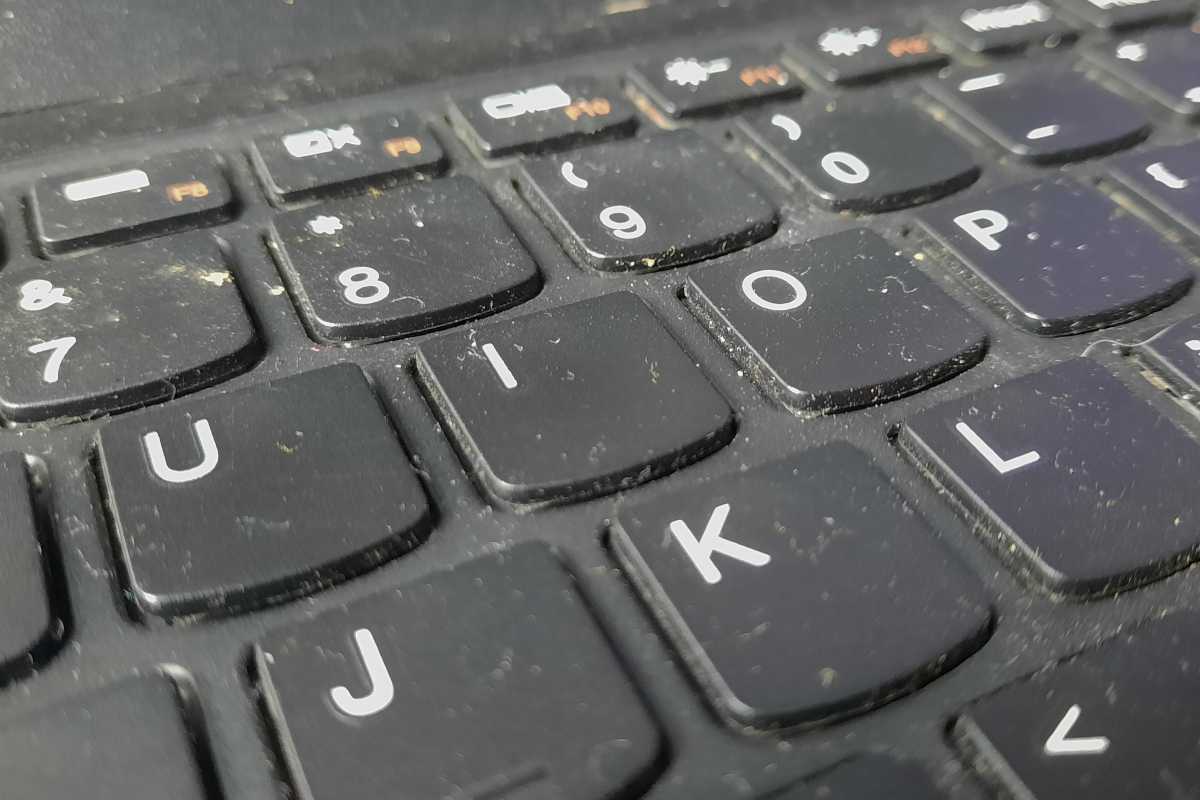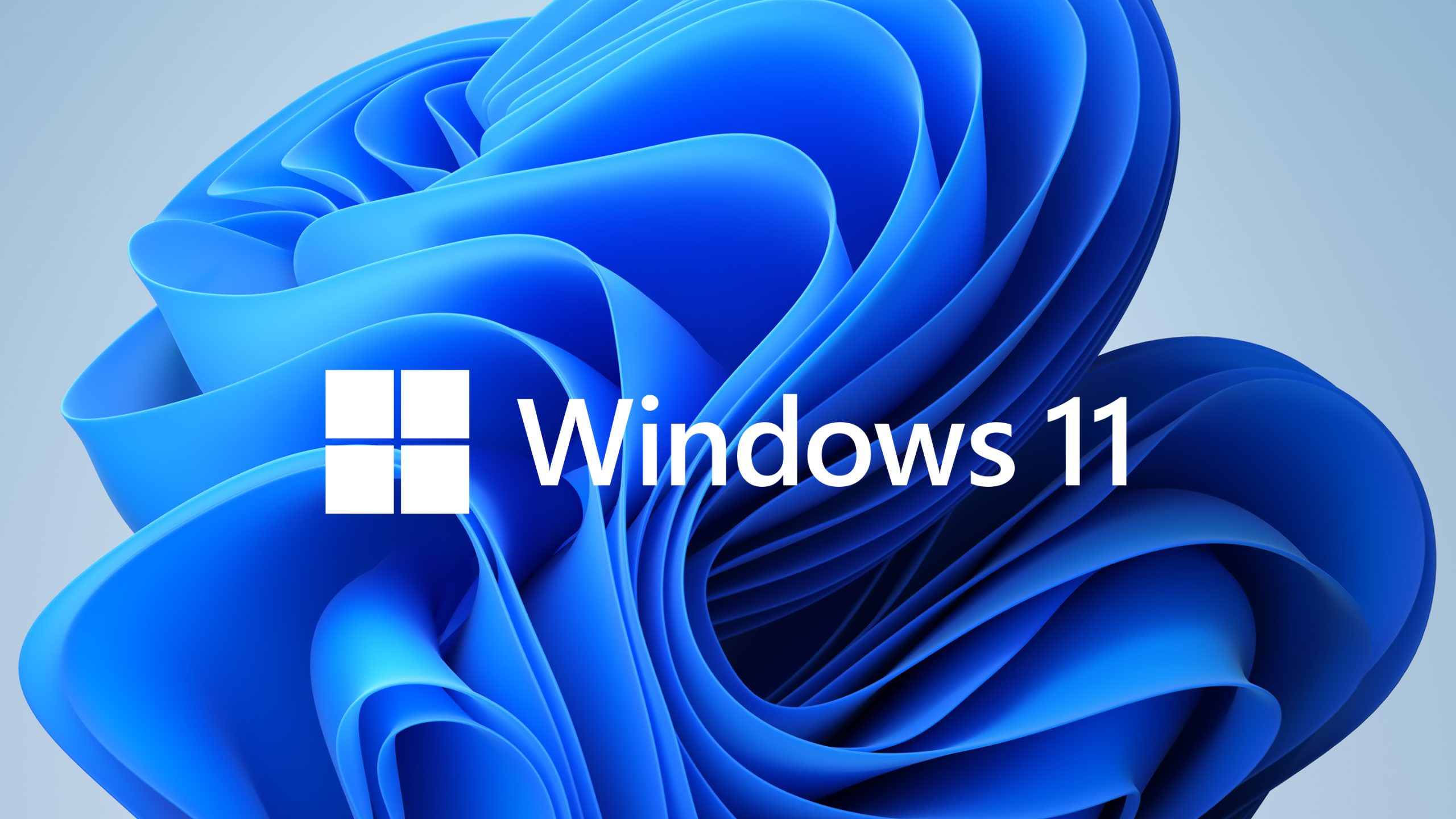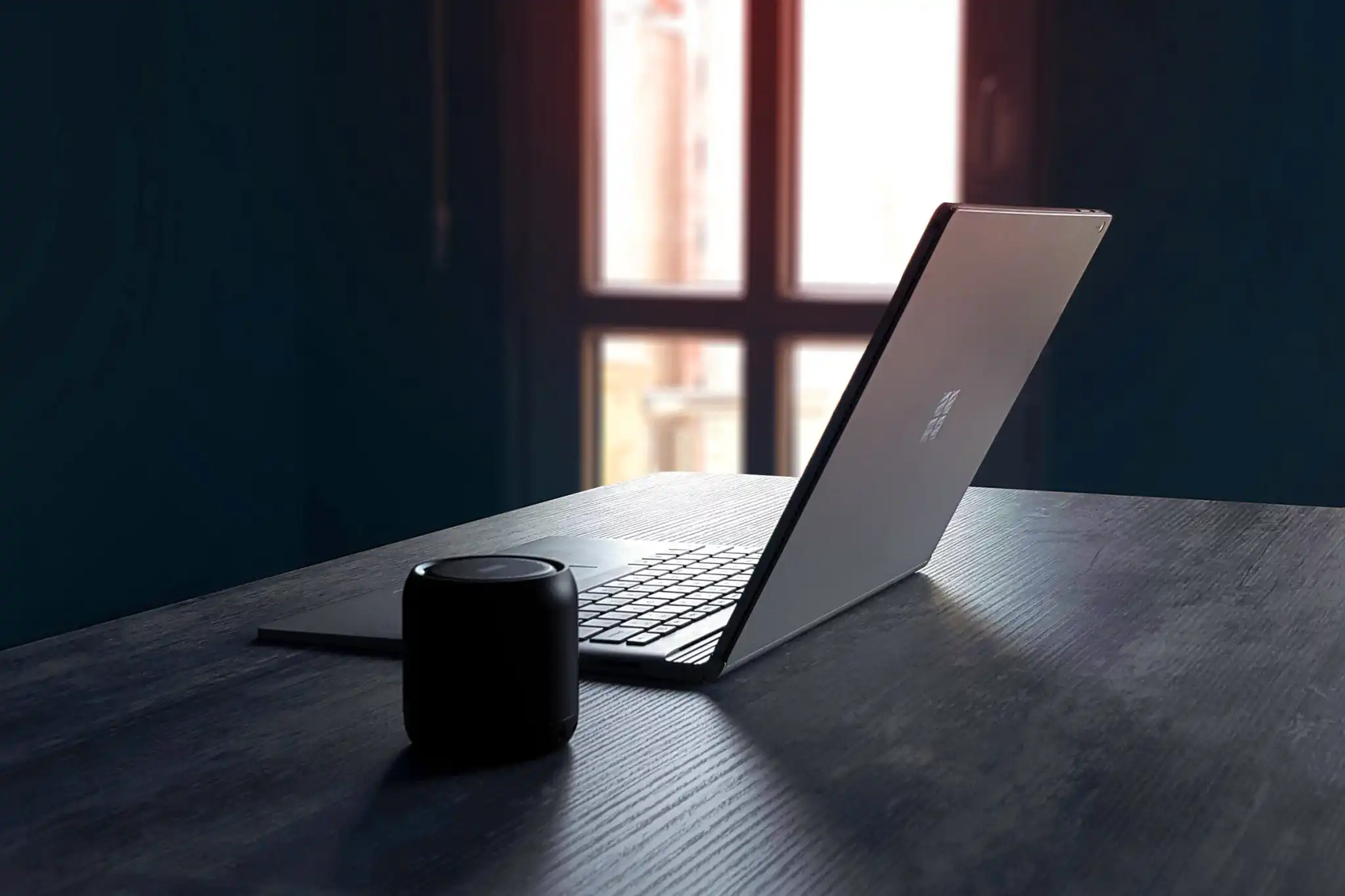Buying a used laptop can be a great way to save a lot of money, especially if you’re looking to buy one that’s pretty powerful. The best laptops can be very expensive brand-new, so buying used (or refurbished) can shave off a non-trivial amount — and you still get to enjoy all the same features and performance advantages.
But buying a used laptop can also be fraught with risks. What if the seller lied to you about its condition? What if the battery has been cycled too many times? What if there’s a dead pixel or two on the display? Or what if it doesn’t come with a valid Windows license key?
I addressed a lot of these concerns in my previous article on whether buying a used laptop is safe. In this article, I’m going further with mistakes you need to avoid when buying a second-hand laptop.
Mistake #1: Ignoring the warning signs
You probably already know what I mean by this one. Does it seem too good to be true? Then it probably is.
There are enough scammers, scalpers, and gray-area resellers on the web that any sufficiently good deal is going to catch interest. The chances of you being the only one who found that laptop at that spectacularly low price with all those impressive features before anyone else did… well, the chances are quite slim. Maybe if you’re browsing through your neighbor’s garage sale. But online? Forget about it.

Any laptop that’s priced extremely low is either an outright lie or there’s something wrong with it that isn’t being disclosed. The laptop itself might even be in fantastic condition, but perhaps it’s stolen. Or maybe it’s been unofficially repaired and has voided its warranty.
The same warning goes for any seller who has a poor reputation (or none at all). Don’t buy from new accounts (on open marketplaces like eBay) and don’t buy from non-reputable online stores that rank poorly on Trustpilot. Go one step further and don’t buy from anyone who clearly doesn’t know much about what they’re selling, and don’t buy a used laptop from anyone who can’t, or won’t, disclose details.
When in doubt, walk away. It’s far better to get an okay deal on an okay laptop than to get a great deal on a bad laptop or to get scammed.
Mistake #2: Not asking any questions
I know it can be awkward to be a hardball buyer, but when you’re buying a used laptop, it’s really important to get as much information from the current owner as you can.
How long have they had it? How hard have they run it? Does it have any physical defects? Can they send you a picture of the screen turned on? Can they send you a battery health report? (If they don’t know how to, send them to our quick guide to checking battery health.)
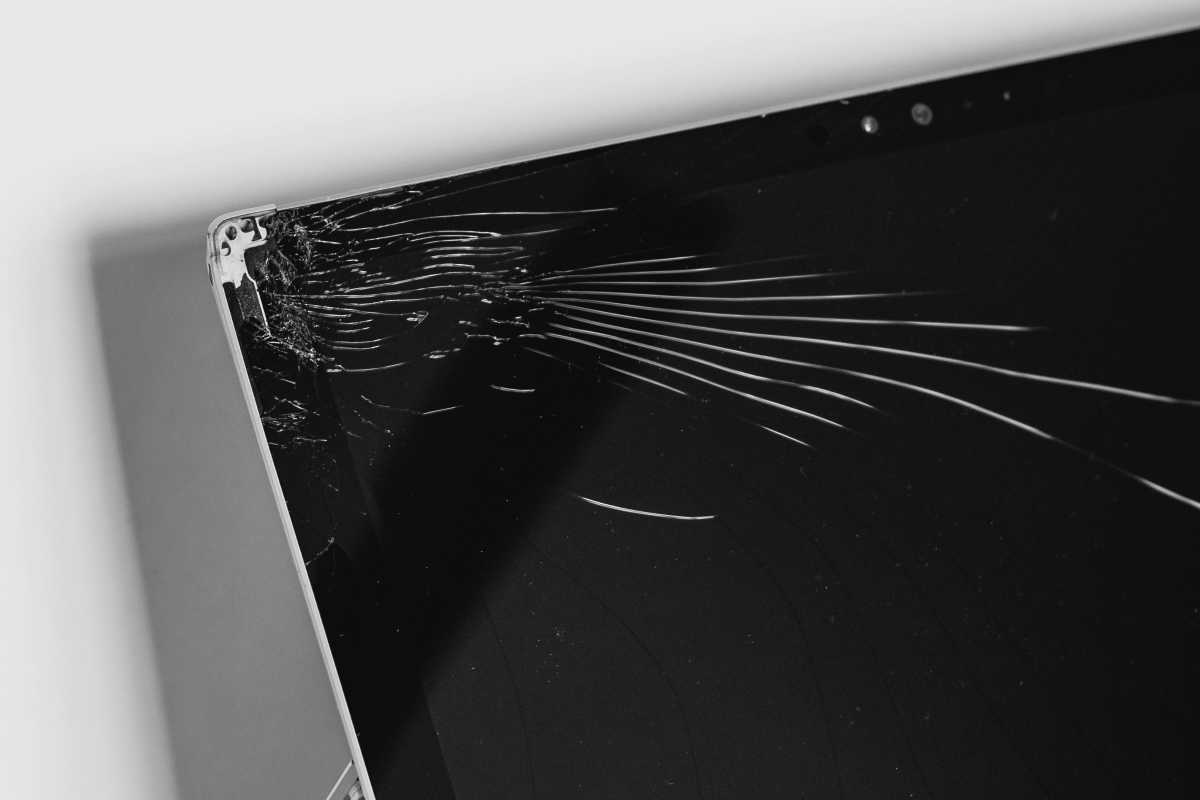
If you’re buying a top-end laptop and you’re worried about performance loss, get them to run a few benchmarks for you, too.
Don’t forget to get warranty information and, if they still have it, ask for a copy of the receipt from their original purchase. If the seller is evasive or overly combative about any of this, look elsewhere. The risk isn’t worth it.
Mistake #3: Overlooking hands-on time
Whenever you’re buying something you intend to use day in and day out, the gold standard is to always try it hands-on yourself.
Nothing beats the ability to look at the screen up close, run your own performance and battery tests, check that none of the keys are sticky or broken, listen to the fan noise, feel the chassis and make sure it doesn’t overheat, etc. It’s all invaluable information.

Of course, hands-on testing isn’t always possible when buying online. But if you’re buying locally — such as on Facebook Marketplace or Craigslist — and if you’re going to do local pickup, then you may as well negotiate a little bit of hands-on time when you go to pick it up.
If you find a problem during hands-on testing, you’ll be in a much better position to decide whether to go through with the purchase, or haggle for a discount, or walk away altogether.
Mistake #4: Buying an outdated model
Laptop makes and models can be confusing, especially in cases where a certain laptop model has the exact same name across multiple generations. But even models within the same generation can have wildly different hardware under the hood despite similar names.
This issue makes it riskier when buying a used laptop because the seller may have it listed as one thing when it’s actually another — and they may not even be doing it intentionally or maliciously. You might be paying the price for a 2024 model but getting the 2023 or 2022 model, which is likely outdated and flat-out worse.
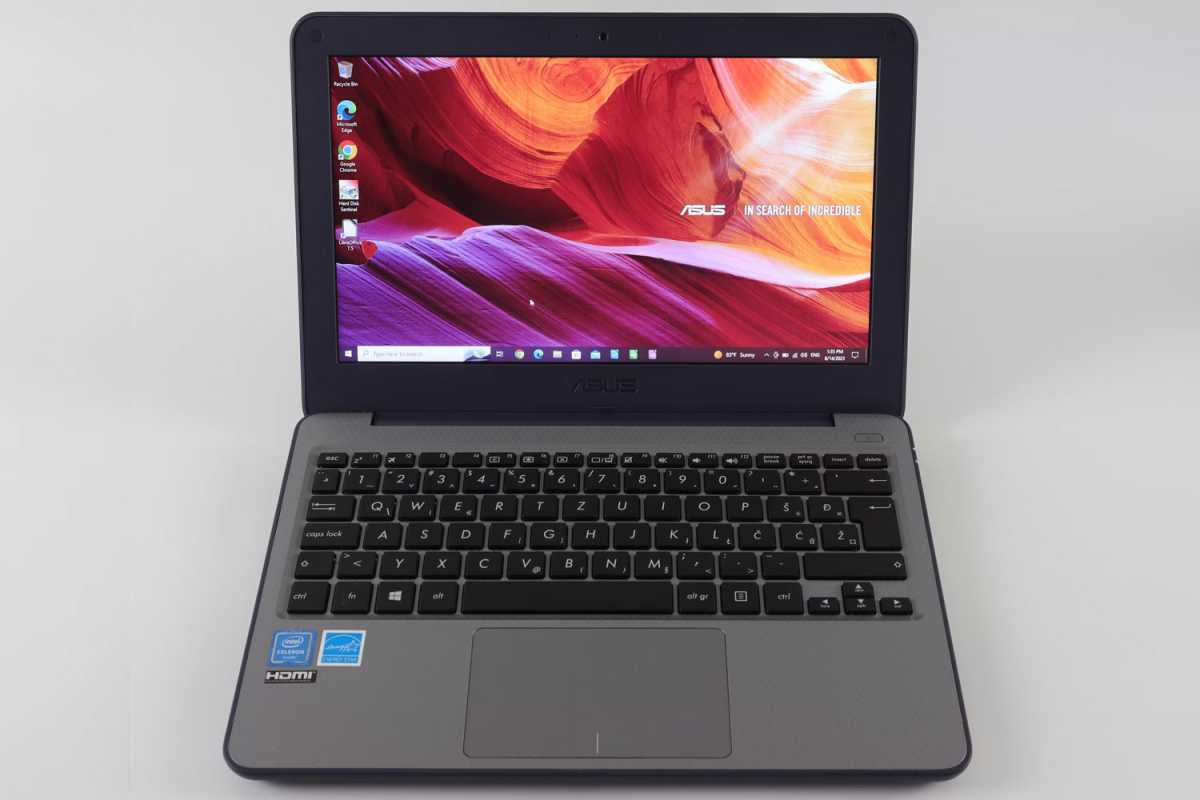
Asus
Make sure that you’re certain of the laptop model you’re buying and what hardware it should have inside. Get the seller to send you a screenshot of the system’s specifications, then check laptop reviews for that model with that hardware to see how good it performed when it was new.
If you can, look at reviews for comparably priced new laptop models, too. If it’s more than a couple of years old, you might find something newer that’s equally capable but with fresh features and a longer warranty.
Mistake #5: Skipping the return policy
Unless you’re okay with the idea of buying a laptop and receiving a total brick that you have to toss, always make sure to buy through a site or marketplace that offers a proper return policy and protections.
Amazon, Best Buy, Newegg, eBay, Swappa, and even Facebook Marketplace are pretty good with returns. You can even use these return policies to try out laptops at home before committing.
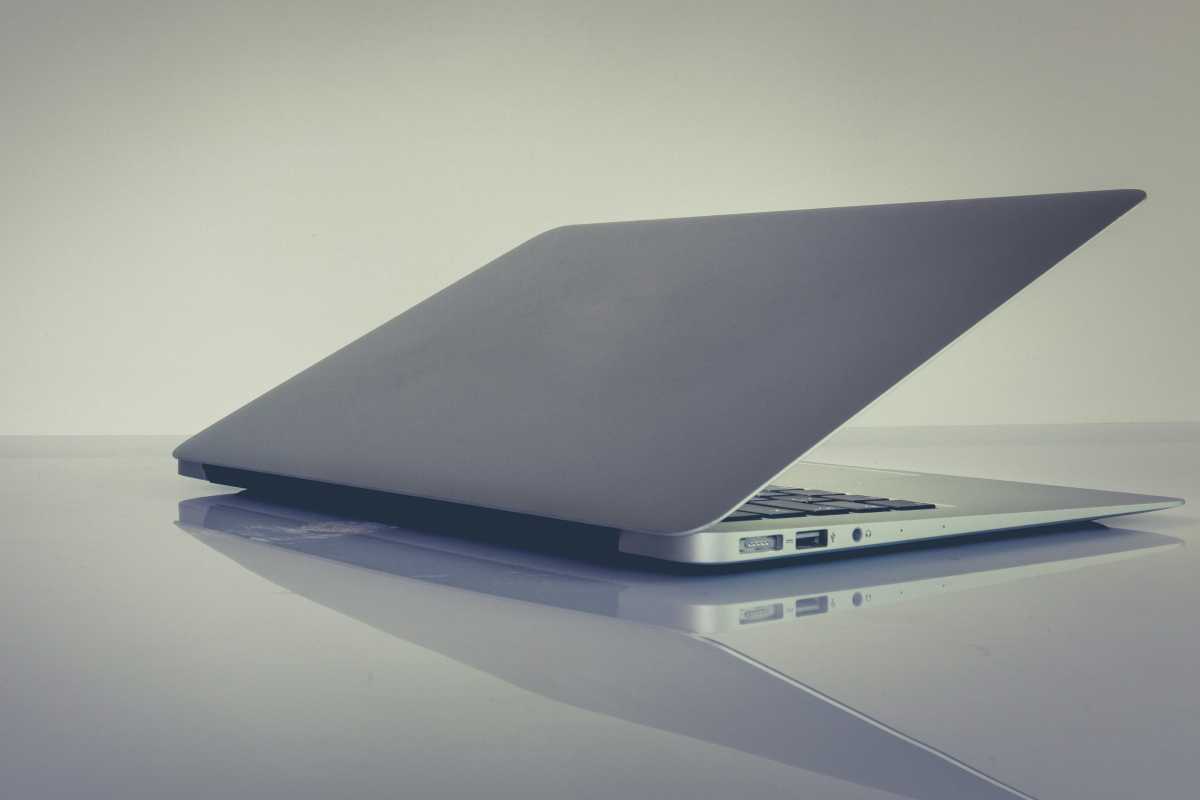
Be wary of buying big-ticket items like laptops through sites like Craigslist, as there’s little in the way that protects you as the buyer from outright scams and lies. If you have to use a site like that, make sure you test the laptop yourself in person before handing over any money.
Mistake #6: Expecting perfect battery life
If the used laptop you end up buying has been used a non-trivial amount, it’s unlikely to have the best battery life. Every time a laptop battery is recharged, it loses a tiny bit of its overall capacity — so the more often it’s been used, the more its battery will have deteriorated.
That said, it’s probably not going to be terrible, either. A MacBook Air that had almost 20 hours of battery life when brand-new is still going to have plenty of battery life even after hundreds of hours of use.
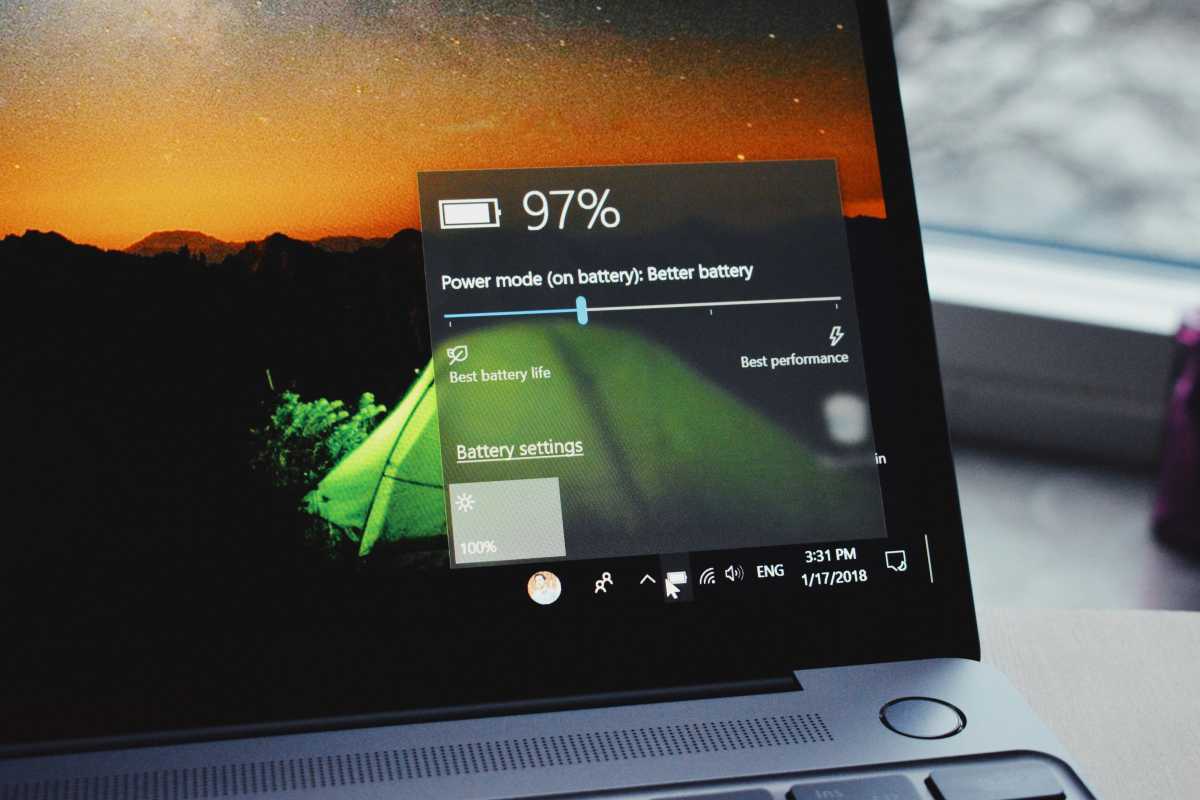
For most used laptops that aren’t beaten into the ground, expect something like 50 to 85 percent of its original battery life. Gaming laptops might be more noticeable, though. Those usually only have a few hours of battery life to begin with, so once their batteries are worn down, you might only have an hour or two total capacity.
Fortunately, there’s a simple way to check any laptop’s battery health. if you’re really worried about it, you can ask the seller (see Mistake #2) to generate a laptop battery health report for you. Hopefully it’s been looked after well and hasn’t deteriorated too much.
Mistake #7: Not securing a valid OS license
When buying a used laptop, make sure it comes with a valid license (also known as product key) for whatever operating system it ships with. You’ll need the OS license key if you ever make hardware upgrades to the laptop or if you ever reinstall the operating system.

In most cases, the product key is on a physical sticker on the laptop. Otherwise, you should ask for a paper copy. (Rarely, a laptop’s OS product key is tied to the machine as a “digital entitlement,” in which case you don’t need it as it’ll auto-activate.)
If the seller doesn’t have it, or if they provide it as digital text only, then the operating system might be counterfeit, stolen, or pirated. Sure, you could always buy a retail product key on your own, but that’s an additional expense to bear. Plus, it could be a red flag that the laptop isn’t as legitimate as the seller is letting on. Proceed with caution.
Mistake #8: Forgetting to wipe and reset
Whether you buy a used laptop from a person or an online store, it will probably have been wiped clean and it almost certainly won’t have been loaded with malware to steal your data. But there’s a non-zero chance of that happening — better to be safe than sorry, right?
If you have even the slightest doubt as to whether your newly acquired used or refurbished laptop is completely clean, then you should go ahead and wipe it yourself with a factory reset. Better yet, zero-fill the drive and manually re-install the operating system just to be sure.
It’s probably not a bad idea to physically wipe down the laptop with something anti-microbial, too, since even the best used laptops can come with a side of ickiness, especially in the keys.


